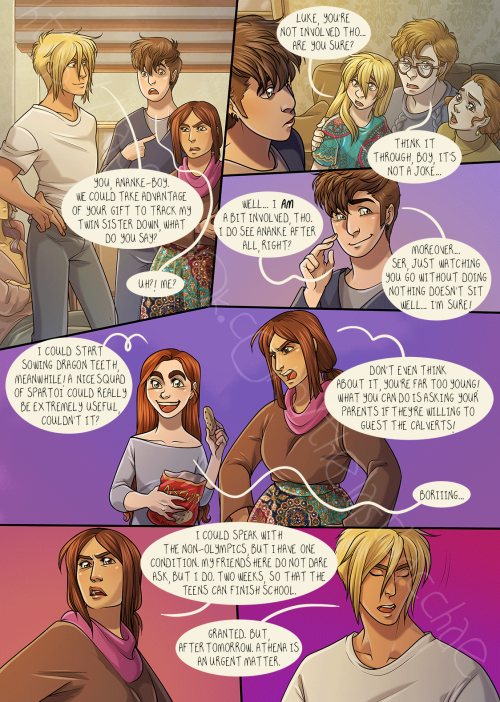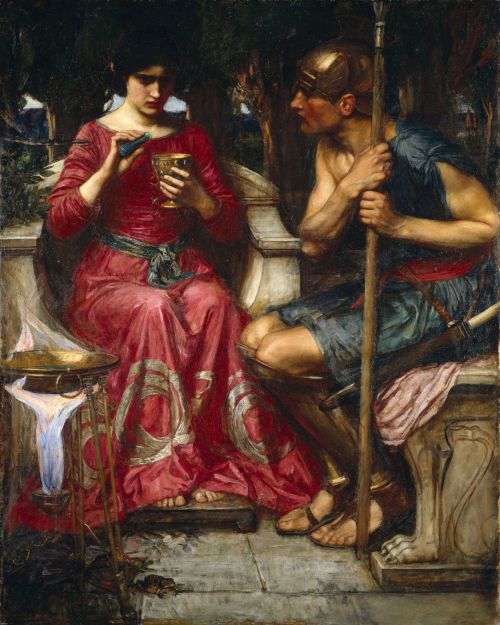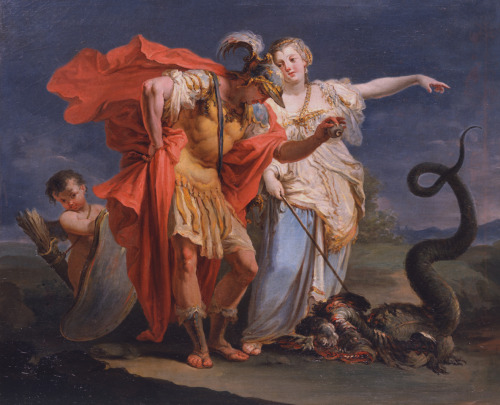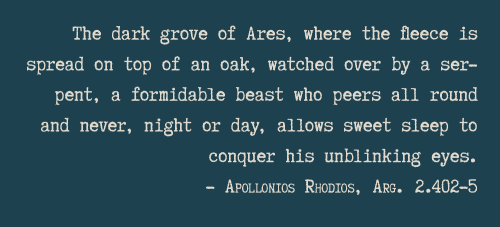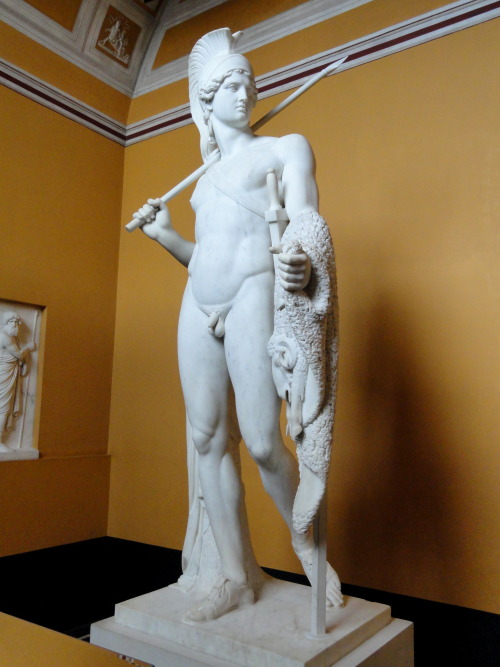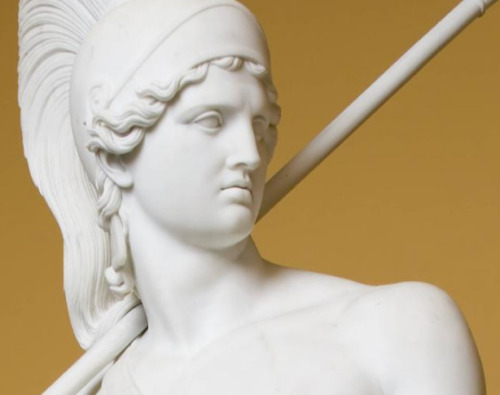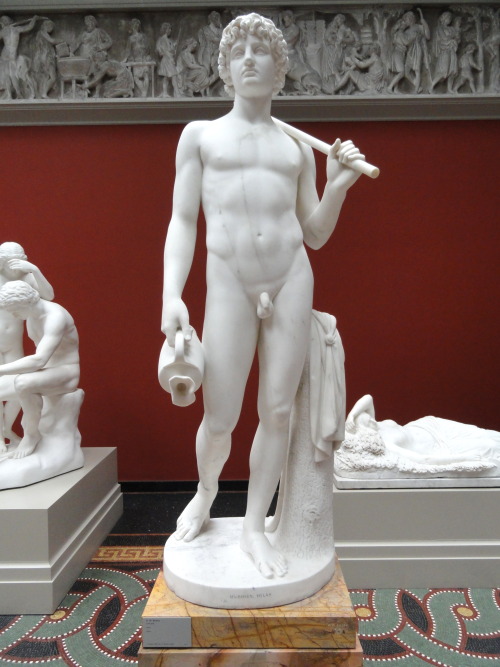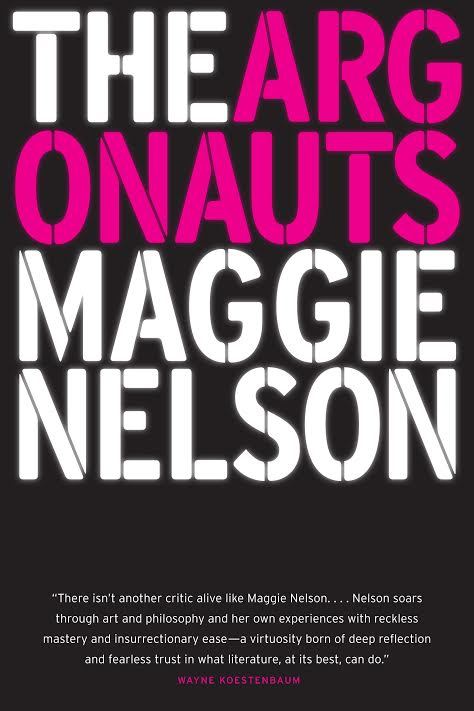#the argonauts
Ch. 5, Page 39.
<< Previous||StartReading||Next >>
Why, did you really think she was joking about the dragon teeth? No no, she has a full satchel of them in her desk drawer, just beside her Sailor Moon secret diary.
Post link
Catching up on sleep this weekend, zzz…
The Sexual Politics of Meat: 25 Years Later by Mickey Z.
Mickey Z. Interviews Carol J. Adams
One of the problems is that the burden is on those of us who recognize the oppression of animals to educate human justice activists on the interconnections and we meet up against something I call “Retrograde Humanism,” the belief that we must help humans first then we can think about animals. An example of retrograde humanism is when animal activists are asked (usually angrily), “What are you doing about the homeless?” […] It’s almost as though cultural discussions gravitate to dualisms (i.e., we’re either for people or animals) when dualisms are the problem and not the solution…
Another thing to consider is what activists several decades ago referred to as the “primary emergency.” What is the primary emergency that a group is addressing? As animal activists, we need to be sensitive to the primary emergency of any group that we seek to work with intersectionally and not overwhelm that focus. For instance, #BlackLivesMatter is saying: this is our primary emergency…. And who could argue with that, given the statistics on the deaths of African-Americans by police?
It helps for us to ask ourselves, “What is the privilege I am bringing to this situation? What do I need to be aware of that may not be visible to me? What are my presumptions?” In seeking alliances, these are important questions that I hope will keep us from reifying or co-opting someone else’s oppression in our work.
Intersectional activism isn’t about equivalencies, but about interrelationships. Misogyny is not racism is not speciesism is not homophobia. They are interconnected, not analogical. I believe these oppressions arise from a white patriarchal system of domination. Various forms of oppression will be mobilized in keeping groups down: so attitudes about species can be used to mark race, sex, and disability. And attitudes about the other species are inflected with gender, race, and ableism. Part of the issue for each oppressed group of human beings is how species prejudices are used to describe, oppress, or delimit who they are.
Carol J. Adams is someone I respect a lot – even more so now due to this interview. I think empathy and compassion are key to intersectional activism. Especially in the case of retrograde humanism, Oppression Olympics™ abounds. I love the idea of identifying the primary emergency of other movements and supporting them along with our own.
Love, Identity, and Genderqueer Family Making by Maggie Nelson
An excerpt from Maggie Nelson’s ‘The Argonauts’.
A day or two after my love pronouncement, now feral with vulnerability, I sent you the passage from Roland Barthes by Roland Barthes in which Barthes describes how the subject who utters the phrase “I love you” is like “the Argonaut renewing his ship during its voyage without changing its name.” Just as the Argo‘s parts may be replaced over time but the boat is still called the Argo, whenever the lover utters the phrase “I love you,” its meaning must be renewed by each use, as “the very task of love and of language is to give to one and the same phrase inflections which will be forever new.”
I thought the passage was romantic. You read it as a possible retraction. In retrospect, I guess it was both.
You’ve punctured my solitude, I told you. It had been a useful solitude, constructed, as it was, around a recent sobriety, long walks to and from the Y through the sordid, bougainvillea-strewn back streets of Hollywood, evening drives up and down Mulholland to kill the long nights, and, of course, maniacal bouts of writing, learning to address no one. But the time for its puncturing had come. I feel I can give you everything without giving myself away, I whispered in your basement bed. If one does one’s solitude right, this is the prize.
I really enjoyed reading this excerpt, for the lyrical quality of the words as well as the content. Now The Argonauts is on my (very long) list of books to read, along with Bluets.
Unfinished Letters From the Most Popular Kid in the Psych Ward by Casey Rocheteau
To all my QTPOC who struggle with mental health issues, which is to say most of us, because the multitude of oppressive systems we face would rather that we disappear than thrive:
I love you. Take care of yourself. Let yourself be taken care of. You deserve love. You deserve care. These words are not enough, can never be enough. You are not invisible. You are not a problem. You are not your illness.
May you find your kin. May they hold it down and keep you safe. May we find new roads to healing.
We gon’ be alright.
One of my most unfavorite things is “colorblindness” with respect to race, along with the erasure of other aspects of identity (e.g. queerness, class, education), especially when talking about mental health. My experiences with depression and disordered eating are – yes – colored by my race, ethnicity, and culture. I like how Casey addresses this head on.
MAGGIE NELSON AND WAYNE KOESTENBAUM in conversation, April 2016, NYPL
As writers, critics, poets, and artists, Maggie Nelson and Wayne Koestenbaum never shy away from pushing boundaries. They come together in conversation about the nature of grief, justice, and empathy.
MAGGIE NELSON is a poet, critic, and nonfiction author of several books, including The Argonauts, The Art of Cruelty: A Reckoning, Bluets, and Jane: A Murder. She teaches in the School of Critical Studies at CalArts and lives in Los Angeles, California.
WAYNE KOESTENBAUM has published seventeen books of poetry, criticism, and fiction, including The Pink Trance Notebooks, My 1980s & Other Essays, Hotel Theory, Best-Selling Jewish Porn Films, Andy Warhol, Humiliation, Jackie Under My Skin, and The Queen’s Throat (a National Book Critics Circle Award finalist). His eighteenth book, Notes on Glaze: 18 Photographic Investigations, will be published in April 2016. Koestenbaum’s first solo exhibition took place at White Columns gallery in New York in 2012; a survey of his paintings appeared at the University of Kentucky Art Museum in 2015. He has given piano performances at The Kitchen, REDCAT Gallery, Los Angeles County Museum of Art, and the Whitney Museum of American Art; and he has written the libretti for two operas—Michael Daugherty’sJackie O, and Mohammed Fairouz’s Pierrot. Koestenbaum has taught at Yale (in the English department as well as in the School of Art’s painting department), and is a Distinguished Professor of English at the CUNY Graduate Center in New York City.
Jason and Medea
1. Jason swearing Eternal Affection to Medea by Jean-François Detroy 1742-3
2. Jason and Medea by John William Waterhouse 1907
3. Jason and Medea Charming the Sleepless Dragon by C.G. Battista
4. Jason Charming the Dragon by Salvator Rosa ca. 1665-1670
5. The Golden Fleece by Herbert James Draper 1904
6. Medea by Eugène Ferdinand Victor Delacroix 1862
7. Jason and Medea by Charles André van Loo 1759
Explanatory notes:
1. Jason cannot win the fleece without Medea’s help, so Hera and Athena persuade Aphrodite to send Eros to Medea, so she falls in love with Jason.
2. Medea is mixing the potion for Jason that will make him invincible for 24 hours, so he can complete the tasks King Aeëtes of Colchis, Medeas father, has set out if he is to win the fleece.
3 + 4 The fleece is guarded by a serpent that never sleeps, so Medea mixes a sleeping powder for him to use on the snake (in some versions she is the one who puts it to sleep).
5. On the home voyage from Colchis the Argonauts (with Medea) run into more trouble, and Medea sacrifices her brother by throwing him overboard so they can get away.
6 + 7. After the events of The Argonautica Medea and Jason have two sons. But Jason betrays Medea with another woman, and Medea takes revenge by sending the woman a cursed dress that burns her alive, and by murdering her children before finally fleeing in her dragon-pulled chariot.
Post link
Jason with the Golden Fleece (1803)
Bertel Thorvaldsen (1770-1844)
Thorvaldsen’s work was initially executed for the Copenhagen Academy to demonstrate his progress, and the life-size clay version created in 1803 is considered to be the artist’s first great work. A marble version was subsequently commissioned by Thomas Hope, and this version was completed in 1828. Hope’s marble version of Jason was purchased by Thorvaldsens Museum at an auction in England in 1917.
The sculpture expresses the gist of the Ancient Greek myth of Jason recounted by the Alexandrian poet Apollonios of Rhodes, about a hero who travelled on a voyage in search of the Golden Fleece in an attempt to help his father recover his kingdom from King Pelias, Jason’s uncle. The sculpture depicts him proud in the moment where he has managed to get the fleece and now returns home to his kingdom.
It is considered to be Thorvaldsen’s breakthrough work, the statue’s theme stems from a drawing of Jason and the Golden Fleece by Asmus Jacob Carstens but the esthetic of the nude figure is also inspired by the Apollo Belvedere and Doryphoros, both from antiquity. Thorvaldsen’s contemporaries recognised that with this sculpture new life had successfully been given to Antiquity and thus the belief in the free man had been re-established. As such Thorvaldsen’s Jason marks the threshold to the 1800s, when western representative democracies saw the light of day.
Marble, H: 2.42m - A822
Thorvaldsens Museum, Copenhagen
Post link
Hylas(1846)
H.W. Bissen (1798-1868)
Inspired by the tale of Hylas in the Argonautica by Apollonios Rhodios. Hylas was the son of Theiodamas, king of the Dryopes, by the nymph Menodice (Apollon. Rhod. 1.1213; Hygin. Fab. 14.271; Propert. 1.20.6); or, according to others, a son of Heracles, Euphemus, or Ceyx. (Schol. adTheocrit. 13.7; Anton. Lib. 26.) He was the favourite of Heracles, who, after having killed his father, Theiodamas, took him with him when he joined the expedition of the Argonauts. (Apollon. Rhod. 1.131; Orph. Argon. 221.) When the Argonauts landed on the coast of Mysia, Hylas went out to fetch water for Heracles; but when he came to a well, his beauty excited the love of the Naiads, who drew him down into the water, and he was never seen again. (Comp. Val. Flacc. 3.545; Orph. Argon. 637; Theocrit. 13.45.)
Heracles himself endeavoured to trace him, and called out his name, but in vain; and the voice of Hylas was heard from the bottom of the well only like a faint echo, whence some say that he was actually metamorphosed into an echo. While Heracles was engaged in seeking his favourite, the Argonauts sailed away, leaving Heracles and his companion, Polyphemus (the Argonaut), behind. He threatened to ravage the country of the Mysians unless they would find out where Hylas was, either dead or alive. (Apollon. Rhod, 1.1344.) According to the Latin Argonauticaof Valerius Flaccus, he never found Hylas because he had fallen in love with the nymphs and remained “to share their power and their love.” In Theocritus 13 Hylas was the companion and lover of Heracles.
Marble, H: 176 cm - MIN 0018
Ny Carlsberg Glyptotek, Copenhagen
Post link
“Empirically speaking, we are made of star stuff. Why aren’t we talking more about that?” –The Argonauts, by Maggie Nelson
Post link
“Sillman–a queer feminist who has dedicated the bulk of her career to abstract painting–articulates this notion as follows: ‘What would be much more interesting than the strong opposition to identity politics would be a more interesting identity politics, the formation of more questions about other people’s actual experience and perceptions, conducting more nuanced examinations of subjectivities, local culture.’ Her comment brings to mind Aimé Césaire’s famous remark, made in a 1956 letter: 'I’m not going to confine myself to some narrow particularism. But I don’t intend either to become lost in a disembodied, universalism…I have a different idea of a universal. It is a universal rich with all that is particular, rich with all the particulars there are, the deepening of each particular, the coexistence of them all.’”
-Maggie Nelson, from On Freedom: Four Songs of Care and Constraint
“Many of the artists and thinkers I’ve drawn on in these pages have experienced some sort of ‘takedown’ or another; in fact, this book has taken so long that some have moved through their takedown phase into the category of 'problematic fave,’ a term I despise. I despise it because it presumes there are human beings who are or could ever be 'nonproblematic,’ which I guess means that nothing they ever said, believed, experimented with, or did would unsettle any other, which defies most of what I know about what it takes to think hard, make good art, or be a complicated human being.”
-Maggie Nelson, from On Freedom: Four Songs of Care and Constraint
“As a matter of both pragmatics and principle, I remain devoted to radical compassion, and not the kind that waits for a call. Figuring out what such compassion looks like in practice–and how to differentiate it from what Chögyam Trungpa has called ‘idiot compassion’ (by which one might let oneself get walked all over, or undertake 'doing good’ as an act of self-gratification)–is the unceasing, rigorous work of a lifetime. It isn’t something one always gets right.”
-Maggie Nelson, from On Freedom: Four Songs of Care and Constraint
“Making art won’t feel like reparative labor; it will feel like sanding aluminum for eight hours and breathing in toxic dust, wondering why you’re not hanging out with your family or binge-watching Netflix or visiting your sick mother or performing labor guaranteed to pay instead of cost. It will feel, and perhaps it will be, indefensible, despite your developed ability to claim aluminum sanding as a blueprint for a utopian future.”
-Maggie Nelson, from On Freedom: Four Songs of Care and Constraint
“It is sometimes the most paranoid-tending people who are able to, and need to, develop and disseminate the richest reparative practices.”
-Eve Sedgwick
“‘What would criticism look like that would serve the work of art, not usurp its place?’ For this isn’t just a matter of how to write good criticism, or how to keep criticism in its allegedly proper place (i.e., subservient to the genius art that gives it rise). It’s also an ethical matter, insofar as Sontag’s question reminds us that the world doesn’t exist to amplify our own preexisting tastes, values, or predilections. It simply exists. We don’t have to like all of it, or remain mute in the face of our discontent. But there’s a difference between going to art with the hope that it will reify a belief or value we already hold, and feeling angry or punitive when it doesn’t, and going to art to see what it’s doing, what’s going on, treating it as a place to get 'the real and irregular news of how others around us think and feel,’ as Eileen Myles once put it.”
-Maggie Nelson, from On Freedom: Four Songs of Care and Constraint
“So, here we are again, shoveling coal into the tender, or, in my son’s case, pantomiming the motion in the ruins. He loves trains and doesn’t care about trains anymore, ersatz wind in his toddler hair, real wind on his big-kid face as he flies through the pandemic-emptied lot. Here I am beside him, discovering, for the millionth time, the verity of joy, and how it throbs with impermanence, responsibility, and sorrow. The cord has been cut, most surely. But if I can imagine raising him, and continuing to raise myself, as those who might work on behalf of the surround–the common beneath and beyond–the already and forthcoming–if we can love all the misery and freedom of living and, as best we can, not mind dying–then my heart feels less broken, more emboldened. It feels shaped right. Morton says he wants "to awaken us from the dream that the world is about to end, because action on Earth (the real Earth) depends on it.” For so long, I didn’t know what he meant. I do now.“
-Maggie Nelson, from On Freedom: Four Songs of Care and Constraint
“We hear daily about the impacts of our activities on ‘the environment’ (like 'nature’, this is an expression which distances us from the reality of our situation). Daily we hear too, of the many 'solutions’ to these problems: solutions which usually involved the necessity of urgent political agreement and a judicious application of human technological genius. Things may be changing, runs the narrative, but there is nothing we cannot deal with here, folks. We perhaps need to move faster, more urgently. Certainly we need to accelerate the pace of research and development. We accept that we must become more 'sustainable’. But everything will be fine. There will still be growth, there will still be progress: these things will continue, because they have to continue, so they cannot do anything but continue. There is nothing to see here. Everything will be fine. We do not believe that everything will be fine.”
-from the manifesto of the Dark Mountain Collective, a UK-based group of artists and writers dedicated to “uncivilization”
“This is one of the things I’ve learned about happiness: when you feel it, it’s good to say so. That way, if and when you say later in depression or despair, ‘I’ve just never been happy,’ there will be a trail of audible testimony in your wake indicating otherwise.”
-Maggie Nelson, from On Freedom: Four Songs of Care and Constraint
“That day, in the same room as Karen and Raff’s, we screw naked for the first time. Her pelvis is glued to mine, her vulva connected to mine, our organs gnawing each other like the muzzles of two dogs that recognize each other. As we screw, I feel as if my entire political history, all my years of feminism, are moving directly toward the center of her body and flowing into it, as if her skin provided their only real niche. When I come, Wittig and Davis, Woolf and Solanas, La Pasionaria, Kate Bornstein, and Annie Sprinkle bubble up with me. She is covered with my feminism as if with a diaphonous ejaculation, a sea of political sparkles.”
-Paul Preciado, from Testo Junkie


